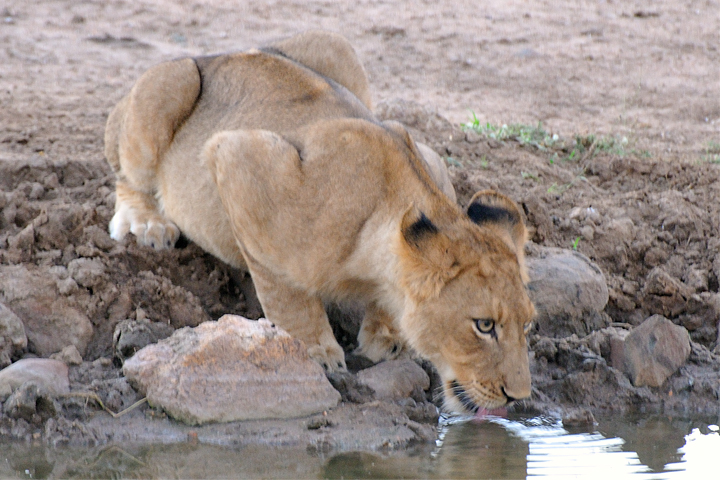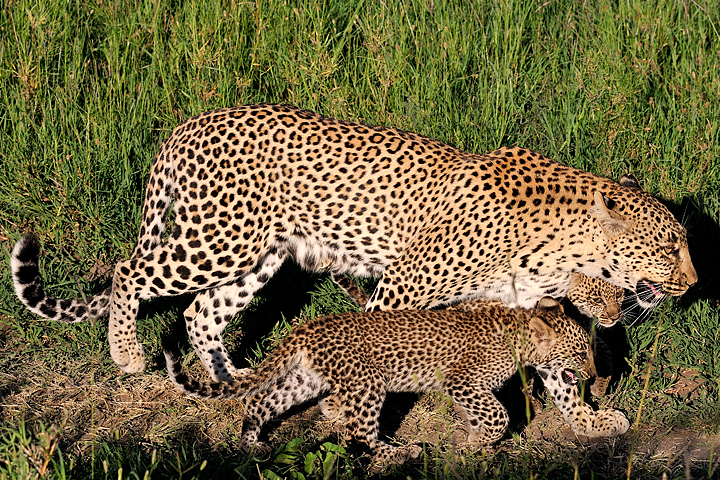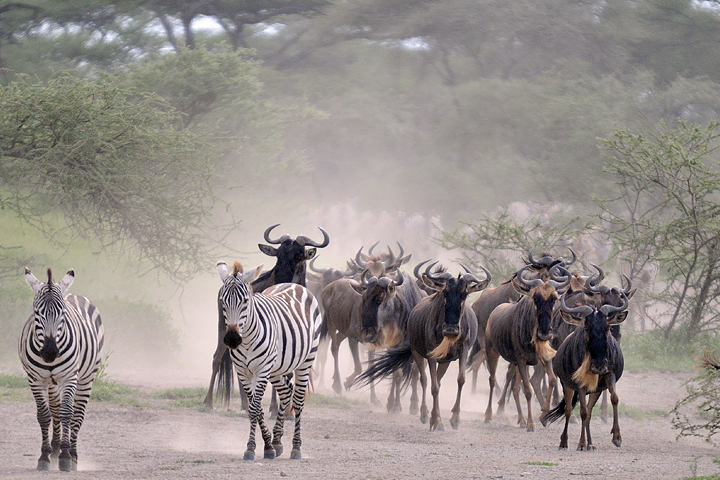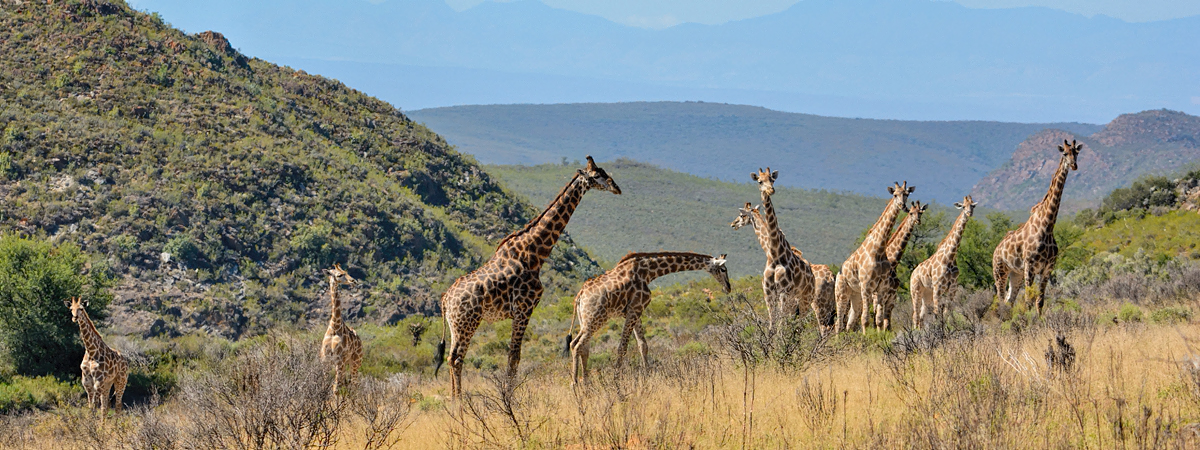It is something that cannot be over stressed. If you know a bit about the animals you are trying to photograph you can significantly improve your chances of getting great photographs.
It’s not just knowing where to look but also what to expect. Often their movements or attitude will give clues as to what they are going to do next. If you can predict what they are going to do then you can think and plan a few steps ahead and get into the best position.
The simplest example of this is knowing that as the sun goes down many animals will head for a waterhole to drink.
After spending the day sleeping, lions like to have a drink before they begin hunting. You can anticipate this and wait for them to arrive. You can’t guarantee they will get there before the light goes but it is worth the gamble.

A leopard with young cubs can’t take them with her when she hunts so she will seek to hide them somewhere safe before she sets out. You will often see a leopard moving her cubs around sunset.

The annual wildebeest migration is particularly rewarding for photographers. Quite apart from the sheer spectacle of the event there is a wonderful predictability about it.
Wildebeest are notoriously skittish animals and even during the migration when there are thousands of them all around you they will do their best to avoid coming close. When you move to try and intercept them, they simply change course.
How do you overcome this? The answer is to try and guess where they are going and get there before them. In this instance we knew there were wildebeest and zebra in the area and decided to sit by a small waterhole and wait. When the animals arrived we were already there, a part of the scenery and they ignored us.

Some of the most spectacular migration photographs are taken as the wildebeest cross the Mara river. Knowing it is going to happen, photographers set themselves up on the Kenyan side and wait for the herds to arrive.
We can all do the same thing. And even though you may not have the expensive telephoto lenses that the professionals have, you can still get some magnificent photographs.
A feature of the migration is the number of predators it attracts. There is more than enough food for everyone so animals from all levels of the food chain are in attendance.
What is more, with so much prey in front of them the need for stealth is not as important and predators that usually hunt by night will seize the opportunity whenever it presents itself.
Look out for Part 3
The art of taking photos on a wildlife safari
3 – Choosing the right time of day.

